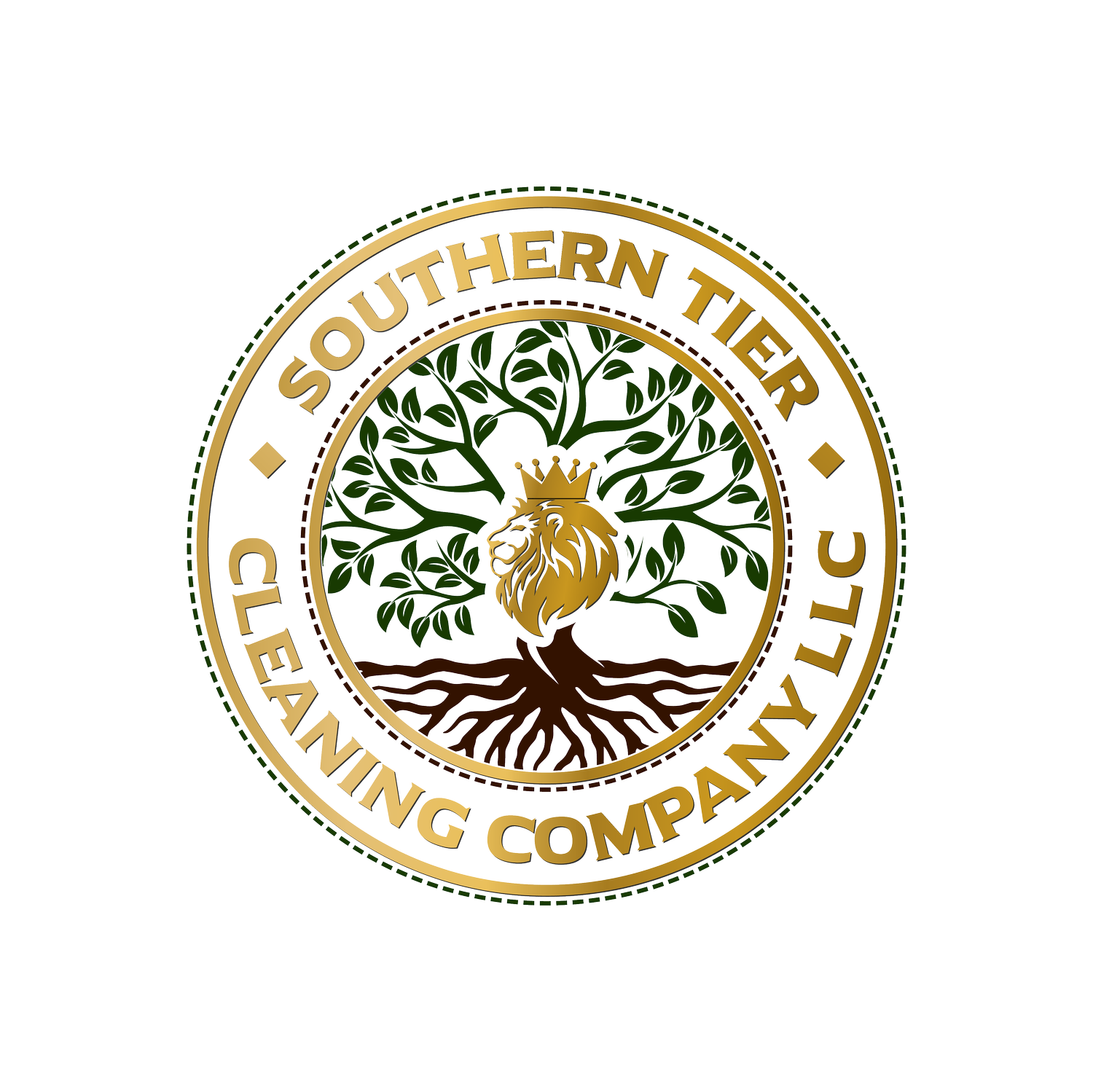Every facility should develop a cleaning schedule:
According to the CDC, the determination of environmental cleaning procedures for individual patient care areas, and all facilities, including frequency, method, and process, should be based on the risk of pathogen transmission.
This risk is a function of the:
Probability of contamination - Heavily contaminated surfaces and items require more frequent and thorough environmental cleaning than moderately contaminated surfaces, which in turn require more frequent and rigorous environmental cleaning than lightly or non-contaminated surfaces and items.
vulnerability of all people to infection - Surfaces and items in areas containing people (e.g., immunosuppressed) require more frequent and rigorous environmental cleaning than surface and items in areas with less people.
potential for exposure (i.e., high-touch vs low-touch surfaces)
General environmental cleaning techniques
For all environmental cleaning procedures, always use the following general strategies:
https://www.cdc.gov/
-
patient status could pose a challenge to safe cleaning
there is any need for additional PPE or supplies (e.g., if there are any spills of blood/body fluids or if the patient is on transmission-based precautions)
there are any obstacles (e.g., clutter) or issues that could pose a challenge to safe cleaning
there is any damaged or broken furniture or surfaces to be reported to supervisor/management
-
During terminal cleaning, clean low-touch surfaces before high-touch surfaces.
Clean patient areas (e.g., patient zones) before patient toilets.
Within a specified patient room, terminal cleaning should start with shared equipment and common surfaces, then proceed to surfaces and items touched during patient care that are outside of the patient zone, and finally to surfaces and items directly touched by the patient inside the patient zone (Figure 9). In other words, high-touch surfaces outside the patient zone should be cleaned before the high-touch surfaces inside the patient zone.
Clean general patient areas not under transmission-based precautions before those areas under transmission-based precautions.
-
cleaning bed rails before bed legs
cleaning environmental surfaces before cleaning floors
cleaning floors last to allow collection of dirt and microorganisms that may have fallen
-
Proceed in a systematic manner to avoid missing areas—for example, left to right or clockwise.
In a multi-bed area, clean each patient zone in the same manner—for example, starting at the foot of the bed and moving clockwise.
-
Thoroughly wet (soak) a fresh cleaning cloth in the environmental cleaning solution.
Fold the cleaning cloth in half until it is about the size of your hand. This will ensure that you can use all of the surface area efficiently (generally, fold them in half, then in half again, and this will create 8 sides).
Wipe surfaces using the general strategies as above (e.g., clean to dirty, high to low, systematic manner), making sure to use mechanical action (for cleaning steps) and making sure to that the surface is thoroughly wetted to allow required contact time (for disinfection steps).
Regularly rotate and unfold the cleaning cloth to use all of the sides.
When all of the sides of the cloth have been used or when it is no longer saturated with solution, dispose of the cleaning cloth or store it for reprocessing.
Repeat process from step 1.
Clean High Touch Surfaces
Clean high-touch surfaces at least once a day or as often as determined is necessary. Examples of high-touch surfaces include pens, counters, shopping carts, tables, doorknobs, light switches, handles, stair rails, elevator buttons, desks, keyboards, phones, toilets, faucets, and sinks.
Clean and Disinfect Specific Types of Surfaces
www.cdc.gov/hygiene/cleaning/facility
-
Clean the surface using a product containing soap, detergent, or other type of cleaner appropriate for use on these surfaces.
Launder items if possible, according to the label’s instructions. Use the warmest appropriate water setting and dry items completely.
Vacuum surfaces such as carpets and rugs and dispose of the dirt safely.
-
Use the warmest appropriate water setting and dry items completely.
It is safe to wash dirty laundry from a person who is sick with other people’s items.
Clean clothes hampers or laundry baskets according to guidance for surfaces.
-
Consider putting a wipeable cover on electronics, which makes cleaning and disinfecting easier.
Follow the manufacturer’s instructions and recommendations for cleaning the electronic device.
-
Spraying cleaning or disinfection products on low-touch surfaces in outdoor areas—such as on sidewalks, roads, or groundcover—is not necessary, effective, or recommended.
Clean high-touch surfaces made of plastic or metal, such as grab bars, play structures, and railings when visibly dirty.
Cleaning and disinfection of wooden surfaces (such as wood play structures, benches, and tables) are not recommended.


